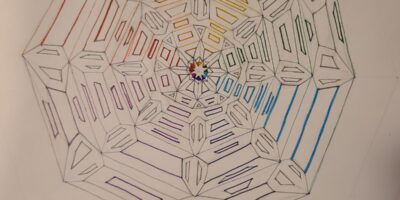Author:
Andrew Swift & Jorge E. Espinosa
Mentor:
Vasiliy Znamenskiy
Abstract:
Since the recent breakthroughs in Artificial Intelligence, interest has been taken in ChatGPT, and its ability to be utilized for complex tasks¹,². A question of viability arises for its use in physics to solve problems without compromising the integrity of the learning process. The goal is to devise a mitigation strategy for cheating and a pathway for supplemental learning through ChatGPT. Four text and illustration problems in “College Physics”, were sent to ChatGPT to find solutions. The four results were expected to provide a clear explanation of its solution. The first problem was text-based, with three parts to the solution, requiring algebraic manipulation in chapter 4. Parts A and B were solved correctly, with a clear explanation, with part C’s answer differing slightly. Question two provided a correct solution within three significant figures. Question three’s result was correct in part A, but part B’s formula was incorrect. The final question and solution were both incorrect. ChatGPT’s problem-solving ability was successful, with minor miscalculations. Algebraic formulas were correctly explained, mirroring the textbook. ChatGPT was unable to interpret and translate images into correct solutions, needing supplementary information to output answers correctly, with version 3.5 not supporting image reading. Further limitations disallow the program to not perform mathematical calculations but only predict future text⁴. Proposedly, image-based problems can be used for physics exams and graded assignments, ensuring cheating will not result in the correct answer. Alternatively, text-based problems can help explain step-by-step solutions. Because ChatGPT is a predicting model, it lacks calculating credibility.

